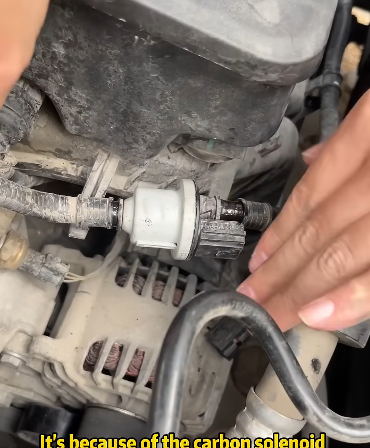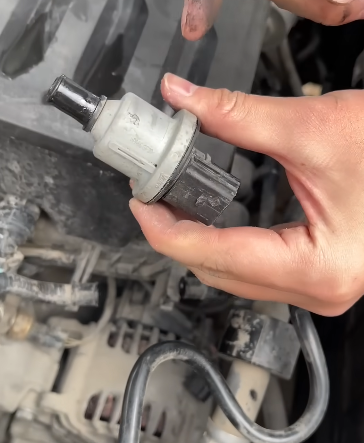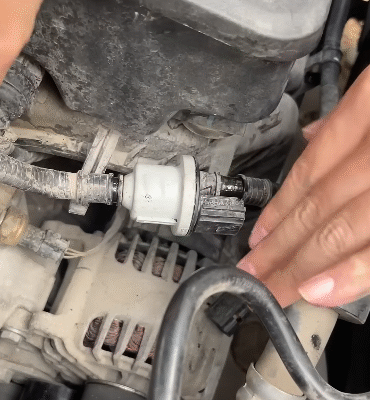
In a world where fuel prices fluctuate frequently and environmental concerns grow more pressing, increased fuel consumption in cars presents a significant problem. Whether due to aging engines, poor driving habits, or design inefficiencies, excessive fuel use affects both individual finances and the environment. Fortunately, there are practical and long-term solutions to help drivers reduce fuel consumption, promote sustainability, and save money. This article explores the causes of high fuel consumption and offers effective solutions to address the issue.

Understanding the Causes of Increased Fuel Consumption
To solve any problem, one must first understand it. Several factors contribute to excessive fuel use in cars:
- Poor Maintenance
A well-maintained engine burns fuel more efficiently. Dirty air filters, worn-out spark plugs, and low-quality oil can all force your engine to work harder, using more fuel. - Improper Tire Pressure
Underinflated tires create more rolling resistance, meaning your car has to use more power—and fuel—to move forward. - Aggressive Driving Habits
Rapid acceleration, speeding, and abrupt braking waste fuel. Drivers who adopt smoother habits often notice an immediate improvement in fuel economy. - Excess Weight
Carrying unnecessary items in your trunk or back seat adds to the car’s workload. Every extra 100 pounds can reduce fuel efficiency by about 1%. - Idling and Short Trips
Leaving the engine running when parked or driving short distances doesn’t allow the engine to reach optimal temperature, leading to inefficient fuel usage. - Aerodynamic Drag
Roof racks, open windows at high speeds, or modifications that affect the car’s shape can increase drag and decrease fuel efficiency.

Solutions to Reduce Fuel Consumption
Let’s explore actionable steps drivers, manufacturers, and policymakers can take to reduce fuel consumption.
1. Regular Vehicle Maintenance
Staying on top of maintenance is one of the simplest and most effective ways to reduce fuel consumption:
- Replace air filters regularly to ensure clean airflow into the engine.
- Use the correct grade of motor oil as recommended by the manufacturer.
- Tune-up the engine periodically and replace worn spark plugs.
- Check the oxygen sensors as faulty ones can reduce fuel efficiency by up to 40%.
Well-maintained vehicles run smoother and burn fuel more cleanly and efficiently.
2. Maintain Proper Tire Pressure
Tires should be inflated according to the car manufacturer’s recommendations. Most cars have a sticker in the driver’s door jamb with this information. Use a reliable tire gauge and check tire pressure at least once a month. Maintaining proper tire pressure:
- Reduces rolling resistance
- Improves handling and safety
- Increases fuel efficiency by up to 3%
3. Adopt Fuel-Efficient Driving Habits
Changing your driving style can significantly reduce fuel consumption:
- Accelerate gently and avoid hard braking.
- Drive at steady speeds, especially on highways, by using cruise control.
- Avoid idling for more than 30 seconds. It’s more efficient to turn off the engine and restart it.
- Plan trips to avoid unnecessary backtracking or traffic delays.
Practicing mindful driving not only saves fuel but also reduces wear and tear on your vehicle.
4. Reduce Vehicle Load
Before hitting the road, consider what you’re carrying. Remove heavy, unneeded items, especially from the trunk. In addition:
- Remove roof racks or cargo carriers when not in use.
- Store seasonal sports equipment elsewhere until needed.
Lightening your load can yield small but steady improvements in fuel economy.
5. Minimize Air Conditioning Use
While convenient, air conditioning uses engine power and increases fuel consumption. Instead:
- Use the AC sparingly, especially during city driving.
- Open windows when driving slowly.
- Use the vehicle’s ventilation system or park in the shade to reduce heat buildup.
On highways, however, it’s better to use the AC than to drive with windows open, as the latter increases aerodynamic drag.
6. Upgrade to Fuel-Efficient Vehicles
For long-term savings and sustainability, consider upgrading to a more fuel-efficient vehicle. Options include:
- Hybrid cars that combine gasoline and electric power.
- Electric vehicles (EVs) that run entirely on electricity and have zero emissions.
- Diesel engines, which generally provide better fuel economy than gasoline engines (though they come with trade-offs).
Modern vehicles often come with fuel-saving technologies like cylinder deactivation, automatic start/stop, and advanced aerodynamics.
7. Use Fuel-Saving Technology and Apps
Technology can help you track and reduce fuel consumption:
- Install onboard diagnostics tools (OBD-II) to monitor engine performance and fuel use.
- Use fuel economy tracking apps like Fuelly or Drivvo to identify patterns and get tips.
- Newer cars often come with eco-driving modes that adjust engine performance to optimize fuel efficiency.
8. Government and Policy-Level Interventions
Solving the fuel consumption problem also requires broader changes:
- Stricter fuel economy standards for car manufacturers.
- Incentives for purchasing fuel-efficient vehicles, such as tax credits or rebates.
- Improved public transportation and infrastructure to reduce dependence on personal vehicles.
- Fuel taxes or carbon pricing to encourage conservation and alternative energy development.
These policies can motivate both manufacturers and consumers to prioritize efficiency.

Conclusion
Increased fuel consumption in cars is a multifaceted issue with economic and environmental consequences. However, it’s also an issue that can be addressed through a combination of practical actions and systemic change. From basic vehicle maintenance to adopting eco-conscious driving habits, and from investing in new technologies to supporting smart policies, there are many ways to combat this problem. By taking responsibility and making informed choices, drivers can reduce their fuel usage, save money, and contribute to a cleaner planet. Every drop saved counts.



